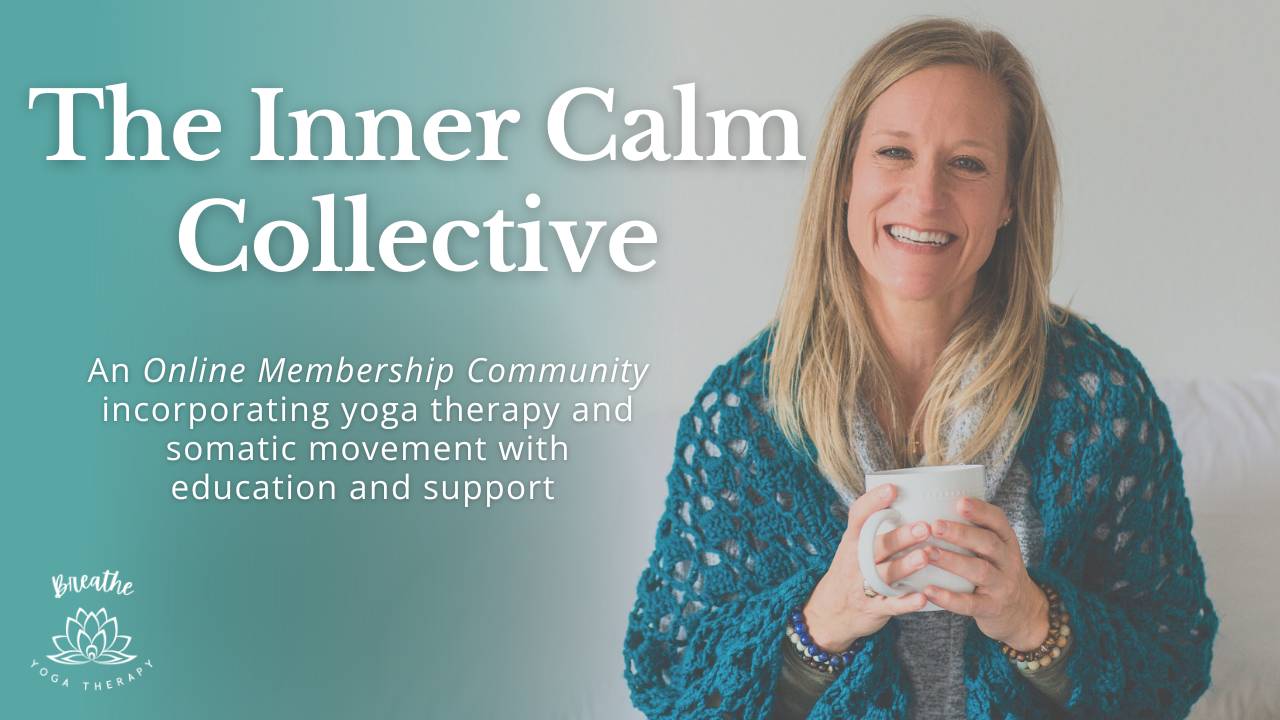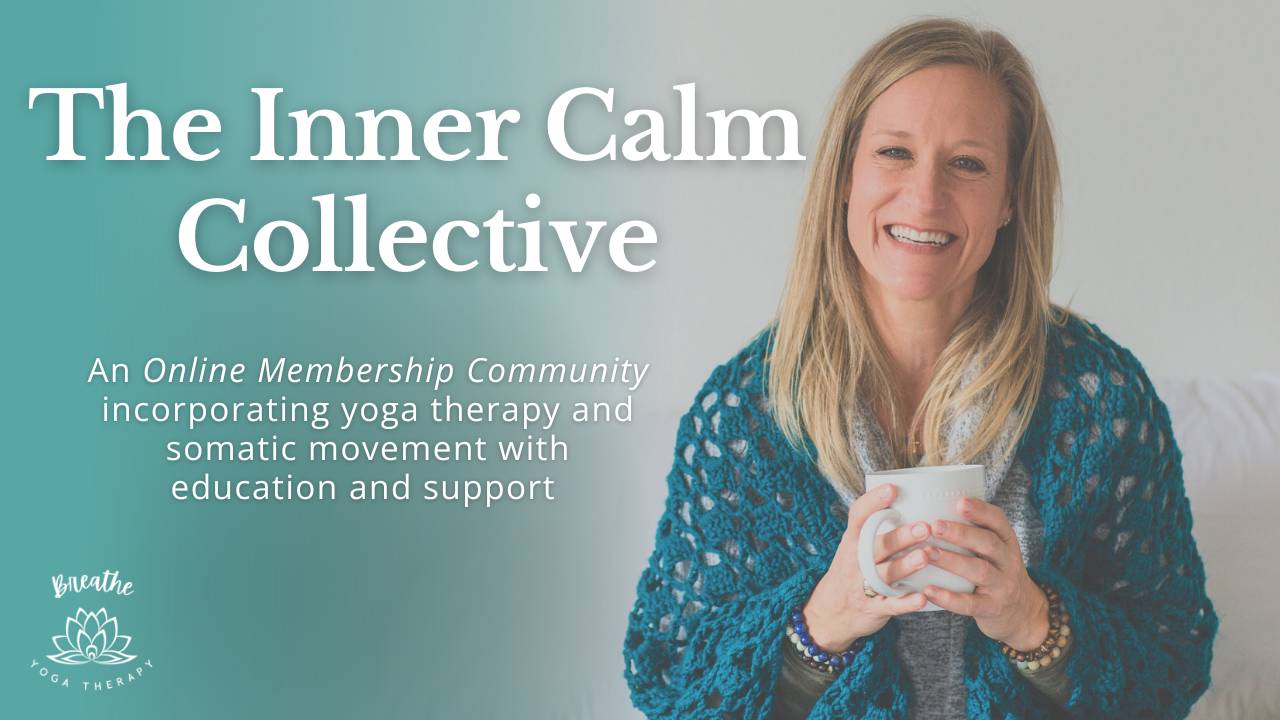Yoga Can Build Resilience and Help Heal Old Wounds

When your brain detects a threat, it automatically triggers an involuntary stress response in your body. This happens before your executive brain, or conscious mind, even has time to decide if the threat is real or imagined. Sometimes, the perceived threat may not even exist in the present moment—it may simply be a memory of a threat. And often, you may not even consciously know what that memory is. Your body, however, remembers, and it responds as if the danger is happening right now.
Without taking the time to discern all of these factors, our body moves into a survival mode automatically. This automatic response manifests as one of three primary states: fight (anger), flight (avoidance), or freeze (withdrawal). Each of these responses is designed to protect us in moments of genuine danger, but when triggered unnecessarily, they can make us feel overwhelmed, stuck, or even out of control.
The first clue you have that your body is in a stress response often comes from physical sensations. These sensations might include a racing heart, tense muscles, shallow breathing, or a sense of unease in your stomach. Learning to recognize these sensations is the first step toward understanding what is happening in your body. Once you can identify these feelings, you can begin to use self-regulation tools to calm your nervous system. This helps to down-regulate the stress response, creating space for your executive brain to step in and choose how to respond in a way that aligns with your values and goals.
When we have experienced trauma, this process becomes even more complicated. Trauma changes the way our brain perceives danger. Instead of responding only to immediate threats, our brain begins to detect danger in circumstances that merely remind us of our past wounds. These triggers can be subtle—an environment, a tone of voice, a smell, or even a facial expression—and they cause our body to react as though the original threat is happening all over again.
So what is trauma? How do we know if we’ve experienced it?
Trauma is less about the experience itself and more about an individual’s involuntary response to the circumstance. The same event may be traumatic for one person and not for another. Additionally, even within the same event, one person may respond with fight, another with flight, and yet another with freeze. These varied responses are rooted in our unique physiology, experiences, and coping mechanisms.
Examples of traumatic experiences can include: accidents, injury, receiving a medical diagnosis, physical or emotional abuse, loss of a loved one, chronic stress, isolation, divorce, caregiver fatigue, financial insecurity, difficult relationships, feelings of abandonment, not feeling seen or heard, not having basic needs met, or even global pandemics. The list is extensive because trauma can arise from any situation where we feel overwhelmed, unsafe, or powerless. This reality means that trauma touches all of us in some way or another. We’ve all experienced old wounds—some deeper than others.
The good news is that our brains and bodies are incredibly resilient. Through intentional practice, we can begin to heal these wounds and build greater resilience. One of the most effective tools for this process is yoga. While many people think of yoga as a physical exercise, its true power lies in its ability to connect the mind and body, creating space for healing and growth.
The tools and practices of yoga can help us tune into the physical sensations in our body, recognize the signs of stress, and respond in ways that restore balance to our nervous system. This process allows us to interrupt the automatic stress response and consciously choose how we want to react to any given circumstance. Over time, this practice helps us develop a sense of safety and confidence in our ability to navigate life’s challenges.
So how does yoga achieve this? It works by engaging both the body and the mind. Practices such as mindful breathing, gentle movement, and meditation help to calm the nervous system and bring us into the present moment. When we focus on what is happening right here, right now, we create a buffer between the automatic reactions of our survival brain and the conscious choices of our executive brain. This space allows us to respond thoughtfully, rather than react impulsively.
As a yoga therapist, I guide individuals in incorporating these tools into their daily lives. The beauty of these practices is their accessibility—many can be done in just a few minutes, multiple times a day. For example, you might pause to take a few deep breaths before responding to a stressful email, or gently stretch your body to release tension after a difficult conversation. These small moments of self-regulation can have a profound impact over time.
The goal is to empower you to recognize when your body is moving into a stress response and give you the tools to take control of that automatic reaction. When you feel equipped to handle these moments, you can choose responses that serve your highest good, rather than being driven by fear or past experiences. This practice teaches your body and mind through repetition and experience that, right here and right now, you are safe, you have everything you need, and you are in control.
This process isn’t about erasing the past or pretending trauma never happened. Instead, it’s about learning to coexist with your experiences in a way that no longer controls you. It’s about recognizing your strength and resilience and using those qualities to move forward with confidence.
Through yoga therapy, you begin to rewrite the relationship you have with your body and your mind. You learn to trust yourself, to feel grounded in the present moment, and to respond to life’s challenges with grace. These are skills that grow stronger with practice, creating a foundation for long-term healing and resilience.
Trauma can feel isolating, but it’s important to remember that you are not alone in this journey. Many people are walking similar paths, working to heal old wounds and create a brighter, more connected future. My hope is that by sharing these tools and insights, you feel supported and inspired to take the steps that are right for you.
Healing is not a destination; it’s a process. It takes patience, compassion, and a willingness to show up for yourself, even when it’s hard. But every small step you take brings you closer to the life you want to create—a life rooted in safety, empowerment, and joy.
If you’ve ever felt overwhelmed by your body’s reactions or unsure of how to move forward, know that there is a path to healing. It’s one that honors your experiences, builds on your strengths, and helps you create new patterns of response that serve your highest good. You have the power to rewrite your story, starting today.
You are not alone. Together, we can navigate this journey with the resources and tools to heal gracefully. Right here, right now, you have everything you need to take the first step.
If you’re interested in learning more about how yoga therapy can support your healing journey, I would love to connect with you. Whether you’re looking to build resilience in the face of stress, heal old wounds, or simply become more aware of how your body responds to life’s challenges, yoga can be a powerful tool on your path to wellness.

Join Our Free Online Community!
You don’t have to do this alone. Inner Calm Collective is our online membership community where you’ll get expert tips, tools, and insights on healing anxiety, trauma, and building nervous system resilience.
Get the support and guidance you need to ease stress, calm your nervous system, and feel more at home in your body—every single day. Join now and start feeling the difference today!



